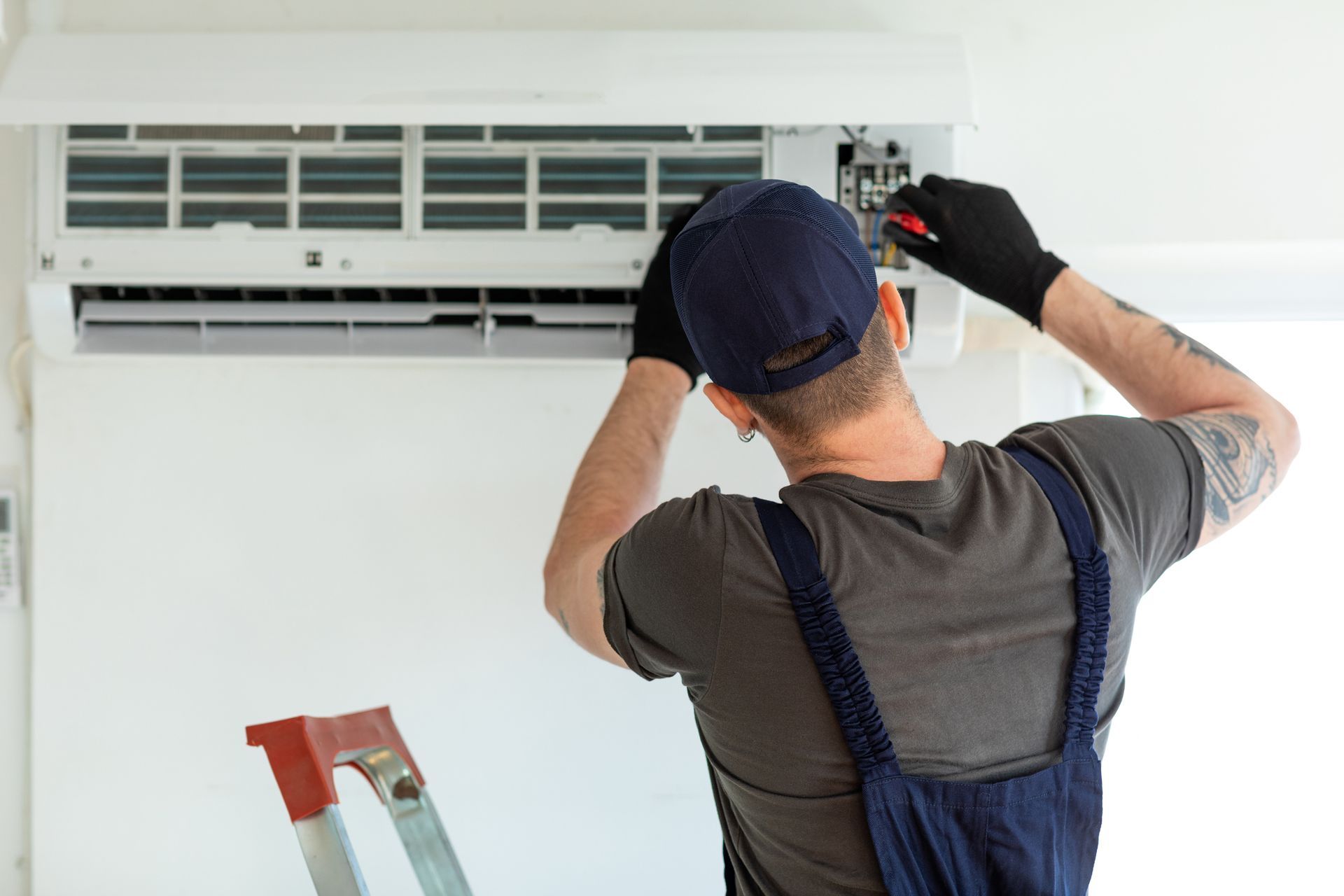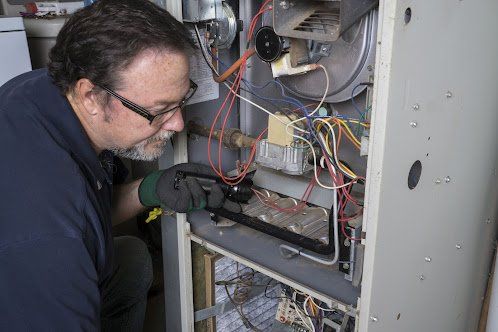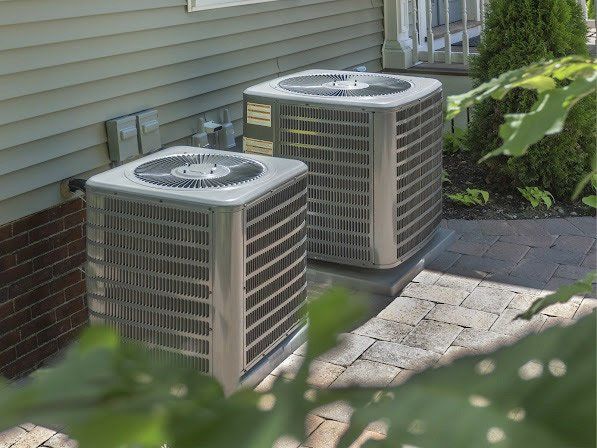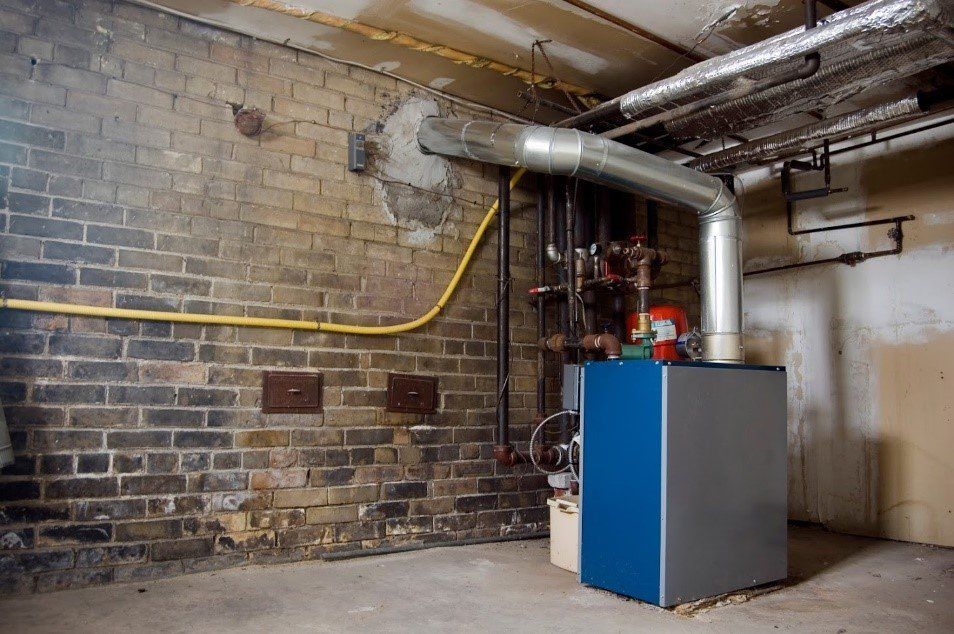Pollutants That an Air Quality Test Can Detect
October 19, 2021
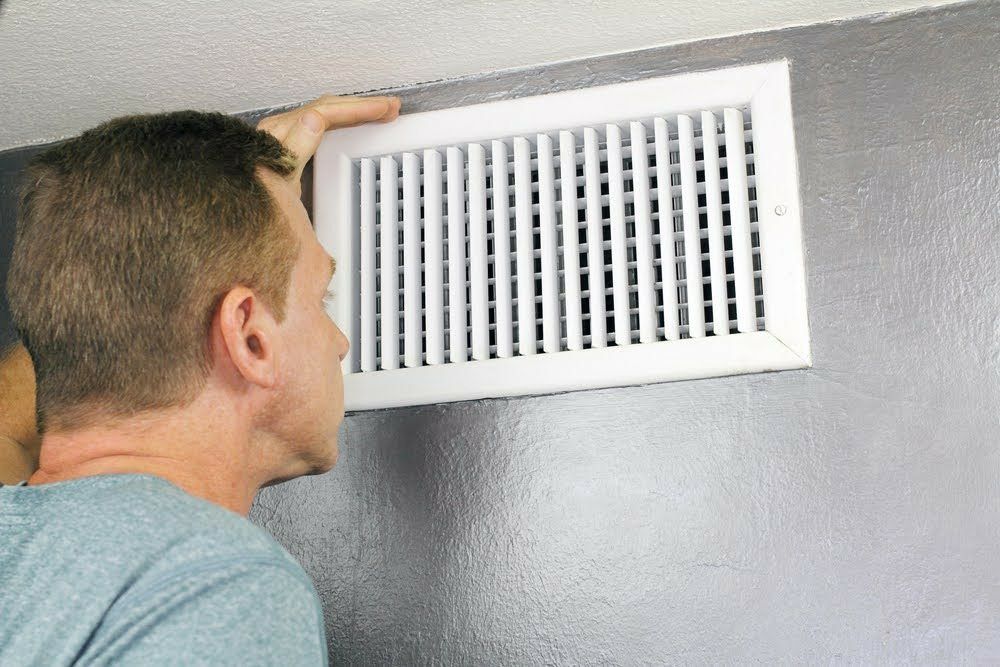
Comfortable temperatures are not enough to give you a comfortable and healthy home; you also need clean air. The first step to clean air is determining the pollutants, which you can do by getting an air quality test. Below you can learn more about potential pollutants in your home and why an air quality test is important.
Biological Pollutants
Biological pollutants come from living things, both dead and alive. Below are examples of biological pollutants.
Mold
Mold can cause multiple health effects, including respiratory problems. Mold thrives in warm and moist places. Thus, mold is not only bad for your health, but it also shows you have a moisture problem. For example, your HVAC might encourage mold growth if it is leaking water from its drainage system.
Pet Dander
You should also know if the air circulating in your house has too much pet dander for those who keep pets. Pet dander can trigger allergic reactions or aggravate asthma effects in asthmatic people. High quantities of pet dander can also mean you don't have the right air filter in your HVAC.
Pest Droppings
The effects of pest droppings depend on the specific animals. However, some of them can trigger allergic reactions in some people. Too much pest droppings can also mean you have a pest infestation problem and don't have the right filter in your HVAC system.
Pollen
Pollen is among the leading allergens for many people. Though pollen circulation varies by season, the pollen can accumulate in the registers or duct and continue circulating throughout the year.
Chemical Pollutants
Chemical pollutants are inorganic substances with both natural and artificial origins. Below are some chemical pollutants that might pollute your indoor air.
VOCs
Volatile organic compounds (VOCs) vaporizes easily even under room temperatures. Examples include perfumes, paint thinners, and petroleum fuels, among others. VOCs can cause various health problems, including migraines. Improving ventilation and minimizing sources of VOCs will reduce the level of the compounds in the house.
Asbestos
Asbestos is a naturally occurring mineral that can cause several health problems, including lung cancer. The best way to deal with asbestos is to remove it from the house.
Radon
Radon is a naturally occurring gas with multiple health effects, including lung cancer. Low levels of radon are not that dangerous. However, higher levels of gas require intervention. The main intervention is to improve ventilation, and active ventilation works better than passive ventilation.
Pesticides
Using pesticides is one way to get rid of pests. However, exposure to pesticides can also affect your health negatively. Minimizing pesticide use is one way to control the problem. Another way is to improve ventilation to get rid of gaseous or vaporizing pesticides.
Combustion Pollutants
As the name suggests, combustion pollutants come from burning things. Below are some combustion pollutants to watch out for.
Carbon Monoxide
Carbon monoxide is one of the primary combustion pollutants. Anything with carbon can produce carbon monoxide when burning. The level of carbon monoxide production increases with the decrease of combustion air. The gas is highly toxic and can lead to fatal accidents.
High levels of carbon monoxide in the house might mean that:
- An appliance, which can even be your furnace, is leaking the pollutants from fossil fuel combustion
- Your ventilation system is insufficient or malfunctioning
- Your combustion appliances are suffering from inefficient combustion, for example, due to air restriction
The solution is to diagnose the cause of the carbon monoxide levels and deal with it.
Tobacco Smoke
Tobacco smoke contains chemicals that cause multiple health problems, including an increased risk of cancer. Prevent such complications by not smoking indoors. Enhanced ventilation and air circulation can help get rid of residual tobacco smoke.
Don't forget to contact
Northwest Heating & Air Conditioning Inc. if you suspect air quality issues in your home. We will conduct the necessary tests and make the relevant interventions.


